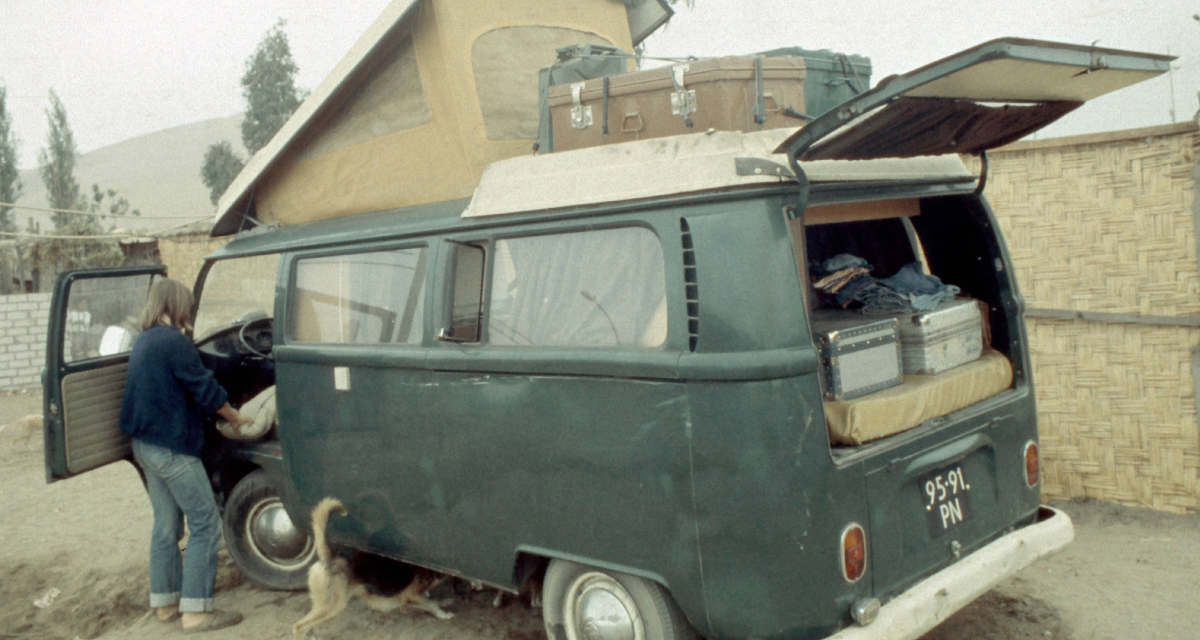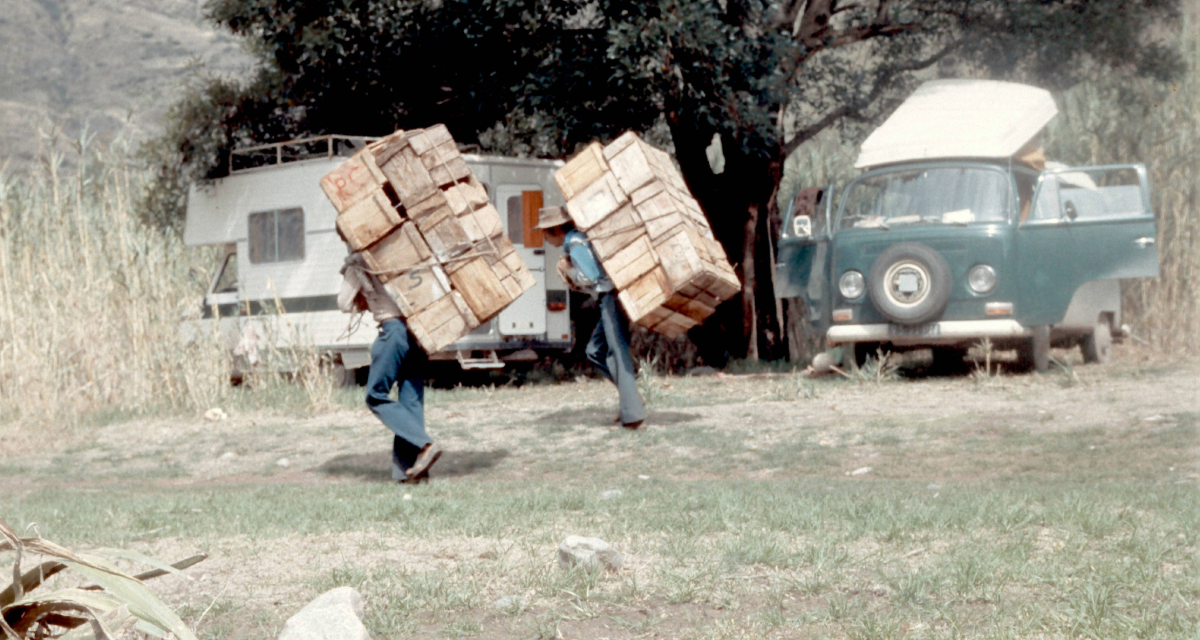The difference is night and day! Back in 1977, our Westfalia campervan was quite basic—just enough to get by during our travels through South America. Our family of five stayed at places in the middle of the rainforest, at slums near Lima or somewhere down the road. In our RV, we only had a space to sleep, eat and cook while exploring, we didn’t even have a bathroom.
Today’s motorhomes and caravans are more like mobile smart homes. Connectivity apps allow you to check if the doors and windows are closed, track the vehicle’s location, adjust the temperature remotely, and even manage lighting and power systems. There are even navigation apps specifically designed for motorhomes. Wi-Fi and internet access have become essential, simplifying remote work, and keeping people connected while traveling. This shift towards “glamping” (or glamorous camping) has made RVs more appealing to a wider audience, including digital nomads who want to combine travel with work. The convenience and comfort of modern motorhomes are truly remarkable compared to what we had back in the day.
Could you share more about the trends currently observed in the distribution chain?
Dealerships remain at the core of the RV industry. Despite the growth of online shopping, customers still prefer to see the units in person and discuss options face-to-face with experts, particularly for RVs where the variety of options and accessories can be overwhelming. However, we're seeing some consolidation in the market, with larger dealer groups owning multiple outlets, in some cases, even being owned by manufacturers. This trend leads to better-stocked showrooms and a more consistent customer experience.
To accommodate the seasonality of this industry, DLL offers tailored floorplan financing solutions that allow for extended payment terms to enhance the dealer’s cash flow. The added value of DLL is our ability to bring more liquidity into the market. As dealer inventory grows and RV values rise, the demand for expanded floorplan credit lines also increases. Many existing floorplan providers are currently stretched to their limits in terms of risk tolerance. DLL is well-positioned to help dealers stock the necessary models. This flexibility and support are highly appreciated by both vendors and dealers alike.
How does the current economic situation compare to a year ago, and what are your expectations moving forward?
Over the past year, we’ve experienced a blend of challenges and opportunities. Inflation and rising interest rates have impacted the market, making financing more expensive for both dealers and consumers. Despite this, the demand for recreational vehicles remains strong. Demographic changes, such as more people retiring with additional financial resources, along with the popularity of RVs among millennials, are significant factors contributing to the ongoing sales of new RVs. People are seeking ways to explore while enjoying the comforts of home, and RVs are perfectly suited to this lifestyle. Looking ahead, I anticipate the market will continue to show resilience, although we may see a shift towards more special pricing options in response to economic pressures.


